How Flowers Have Been Used For Seduction Throughout History
By Jill Brooke
Who do you think of when you think of the great lovers of history? Cleopatra and Mark Antony? Josephine and Napoleon? Queen Victoria and Prince Albert? Elizabeth Taylor and Richard Burton?
We all ponder the fine points of what creates chemistry between two people. We wonder how couples keep their love alive while navigating disappointments, unmet expectations, crises and those niggling dents cracking the foundations of connection.

But when you dig deeper, you realize how flowers often hold a secret potion. They can be used not only for courtship, for soothing the soul, or to mark anniversaries or birthdays. Flowers also create tender moments that can put romance back on track when detours happen.
Elizabeth Taylor loved gardenias and lily of the valley. Meeting Richard Burton on the set of “Cleopatra,” the tumultuous couple married in 1964 where she stunned the world wearing a flowing floral headdress and yellow chiffon dress. In fact, when she later created her successful perfumes, she said, “I want my perfume to smell like my gardenias in my garden.” The gardenia, she believed, seduced with its fragrant smell.
Shakespeare understood the power of a special bloom. In “A Midsummer Night’s Dream,” pansy juice is used by Oberon as a love potion. Empress Josephine was also a fan of pansies. She grew the modest moon-faced flower in her famous garden at the Chateau de la Malmaison and shared her passion for botany with Napoleon.
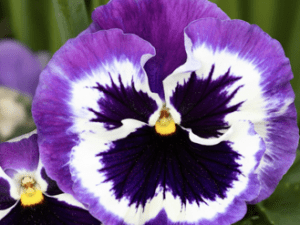
When exiled to Elba, Napoleon vowed to return to Paris with violets, another favorite.
In fact, supporters soon were seen with mauve sprigs in their lapels.
On his return from Elba, Napoleon collected violets from Josephine’s garden, keeping them in a locket until his death on St. Helena. The flower always reminded him of her.
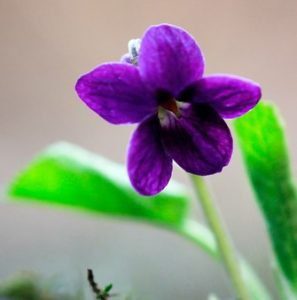
As did the rose – the traditional flower of love. Empress Josephine loved roses and their fragrance. She created a famous rose garden in 1799 filled with more than 250 varieties, even once spending 3000 francs on one plant. When France was at war with England, she naughtily brought huge quantities of rose plants from London, obtaining a passport for her nurseryman to travel back and forth.
In fact, writer Carol Woolton reported how Napoleon instructed the French navy to search ships and seize any rose plants, seeds or cuttings they found to take them back to his waiting empress. Josephine also brought many flowers for the first time to Europe including certain species of rhododendrons, tulips and dahlias. A master at seduction, Josephine would change the decor in her boudoir frequently and keep scented flowers in the room to entice.
Writer and wit Oscar Wilde popularized wearing a green carnation as a gay symbol in 1892. while centuries earlier Sappho referenced violets for those embracing female love. As historian Sarah Prager, the author of “Rainbow Revolutionaires” explains, “Flowers were a part of a coded language within the LBGTQ community for centuries.”
More recent lovebirds have been attracted to the Psychotria elata. Nicknamed “Hot Lips,” this delicate plant grows in tropical rain forests and is not easily plucked. It is given by the most ardent and creative of lovers. In fact, the bark often is used to treat skin rashes. Especially useful as a result of all that inspired kissing.
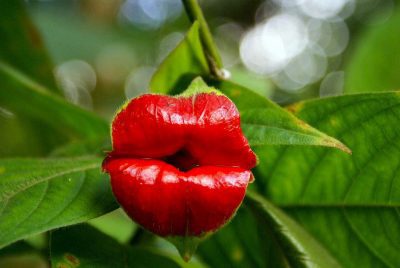
Queen Victoria had a special fondness for orange blossoms. Prince Albert responded with jewelry inspired by her favorite flower. A tradition was set. She also made sure her rooms were scattered with her beloved flowers.
In ancient times, Confucius suggested putting one chrysanthemum petal in the bottom of a glass of wine for a long and healthy life, which when you were around someone like Cleopatra may be a good idea.
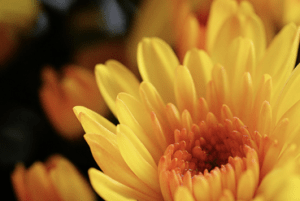
Cleopatra once taunted Mark Antony at a feast. She purposely poisoned some flower petals. According to Jacob Abbott’s “Cleopatra,” she playfully put the petals into a glass of wine and then proposed he drink it. Drunk with passion and lust, he grabbed the glass and was about to gulp it down when Cleopatra stopped him, and said, “You see now how vain it is for you to watch against me. If it were possible for me to live without you, how easy it would be for me to devise ways and means to kill you.” Then, to prove her threat and demands for devotion, she had her servant drink the wine. He did and died in agony.
Drama, however, is not the only way to keep love alive. The rose has an ancient history as evidenced by 40-million-year-old fossilized remains. Cleopatra filled her pillows with rose petals and strew them on the ground before Mark Antony to keep him aroused and committed. This is a woman who successfully seduced Caesar.
Many of us prefer relationships filled with love and thoughtfulness – and predictability.
The 19th-century French jeweler Frederic Boucheron would send a bouquet of pansies to his wife, Gabrielle, before his many journeys abroad, accompanied by a handwritten note saying, “Je pense á toi.” For the forlorn wife, the flower created a connection to her husband.

Darwin, who knew a thing or two about the birds and the bees, believed that the orchid was a seductive flower. He proved that the flower had evolved to attract pollination with a labellum formed like the female body. (The Victorians thought the lily was too sexy so cut out the stamens and pistils). Many other flowers also have phallic shapes.
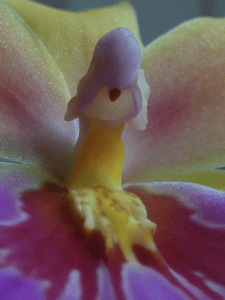
Love expressed through flowers doesn’t have to be romantic but can still seduce.
In 1561, King Charles IX of France was presented with a bunch of lilies-of-the-valley to bring him luck and prosperity. The delicacy of the flower and the kind gesture moved him. Inspired, he then gave the sweet-smelling blossoms to the ladies of the court creating the Fete du Muguet where gifts of lily of the valley are given as a porte-bonheur, a good luck charm. As a result, we give flowers not only to lovers but to people we care about and appreciate.
In fact, in 2023, love has indeed expanded to commemorate friends, co-workers and even pets.
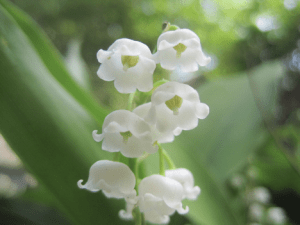
Sometimes it is a good idea to use flowers to summon emotions. Worried about your partner’s devotion? Surround your home with sunflowers. They are associated with adoration and marital fidelity because of “heliotropism,” following the course of the sun across the sky. Sunflowers thus are linked to bringing sunshine and happiness into your life.
Pissed at your partner but holding your tongue to maintain family peace? Put a thistle in a bouquet. The ancient Celtic symbol of nobility of character has a stem of prickly thorns adapted to enable the flower to administer punishment and provocation. It will be your private joke.
Add something sweet to the bouquet for hopefulness such an iris stem. Or better yet take advice from the wise King Solomon. Opt to be treated like a Queen or find someone else. After all, a translation of his love psalm says, “Like a lily among thistles is my darling among young women.”
Historically, the edelweiss, a mountain flower that blossoms in the snow at high altitudes in rocky places, was the measurement of courage and devotion for lovers. Any brave man who could find one and bring it to their loved one scored big points. The lucky girl whose suitor survived the ordeal would put the flower in a locket and wear it.
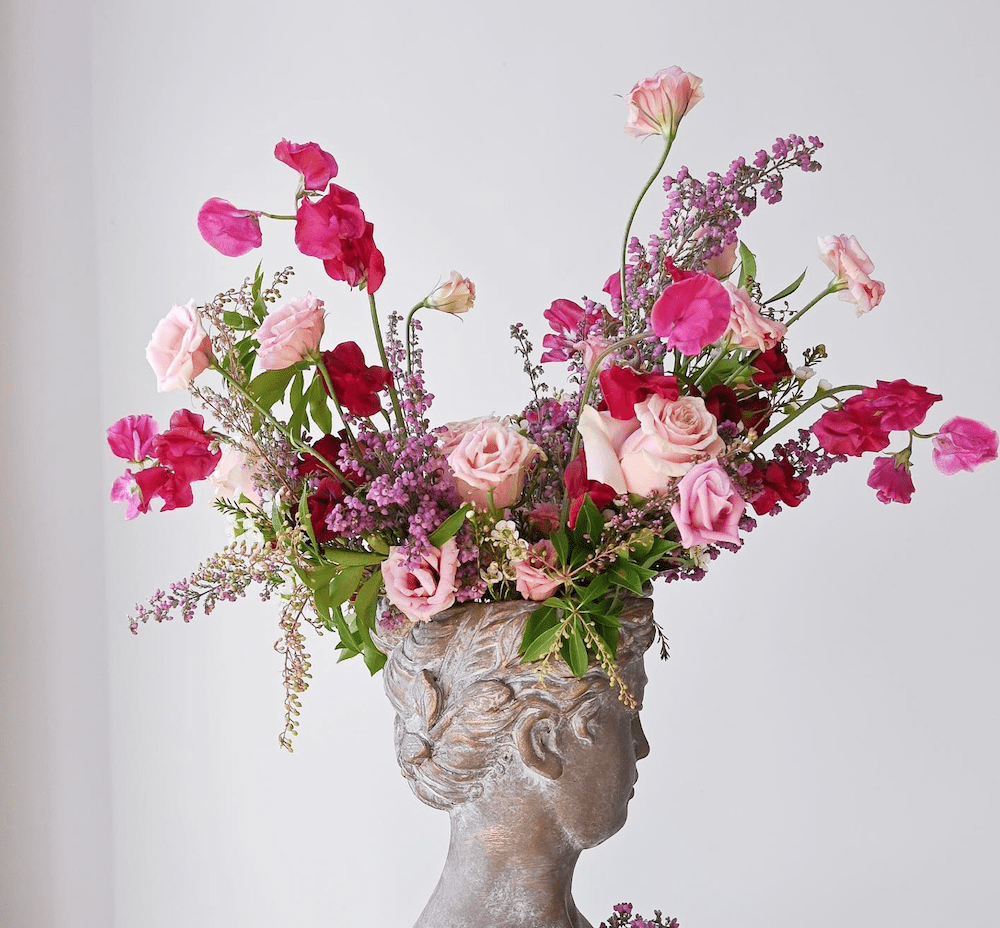
I liked this idea since long-term marriages require courage, perseverance and the willingness to sacrifice for the greater good. Of course, love by its nature has some heartache. As Anne Bronte wisely said, “But he that does not grasp the thorn should never crave the rose.”
In the language of flowers, that is the enduring lesson of the rose. But it’s all perspective, isn’t it? As Ziggy said, “You can complain because roses have thorns, or you can rejoice because thorns have roses.” Some things are just so beautiful you don’t care about some problems associated with it. And like great literature, love stories have a beginning, middle and end. Few stories outside of “War and Peace” and “Harry Potter” last for 700 plus pages but a love story can still be sweet in shorter bursts of time.
With their sensual petals and silky textures, roses are seductive. Its romantic symbolism dates back centuries to when Aphrodite was asked to provide the most special of flowers. In mythology, she named the rose in honor of her son Eros, the Greek God of Love. If you move one letter of the word “rose” you have Eros.
Yes, roses evoke love – more than any other flower. But luckily there is a whole galaxy of gorgeous blooms designed to seduce, satisfy, and with its magic – inspire.

Jill Brooke is a former CNN correspondent, Post columnist and editor-in-chief of Avenue and Travel Savvy magazine. She is an author and the editorial director of FPD and floral editor for Aspire Design and Home magazine and a contributor to Florists Review magazine.
Photo Credit: Pixabay, Shutterstock
